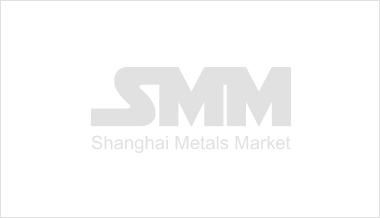- Futures
- Base Metals
- New Energy
- Ferrous Metals
- Rare Earth
- Scrap Metals
- Minor Metals

[SMM Announcement] Announcement on the Addition of Domestic Lanthanum Chloride Price Points
[SMM Announcement: Announcement on the Addition of Domestic Lanthanum Chloride Price Points] To facilitate better control of rare earth market fluctuations and timely reflection of spot cargo market prices for upstream and downstream enterprises in the rare earth industry, reduce transaction risks and costs in the rare earth market, and continuously improve and deepen research on the rare earth industry chain, SMM, after a period of consolidation and market survey, plans to begin publishing lanthanum chloride prices starting January 5 for market reference.
[SMM Aluminum Morning Meeting Minutes: Macro Positive Signals Continue to Be Released, Aluminum Prices Hover at Highs] Overall, strong macro policy expectations are undoubtedly the hot topic in the aluminum market recently and have built a bottom defense line for aluminum prices. However, the reality of suppressed fundamental consumption and continuously increasing inventory will significantly restrain the momentum for further price surges. In the short term, aluminum prices are expected to fluctuate at highs, with clear resistance above.
The most-traded SHFE tin contract (SN2602) maintained a fluctuating downward trend before the holiday, stimulating procurement demand from some enterprises. [SMM Tin Morning News]
